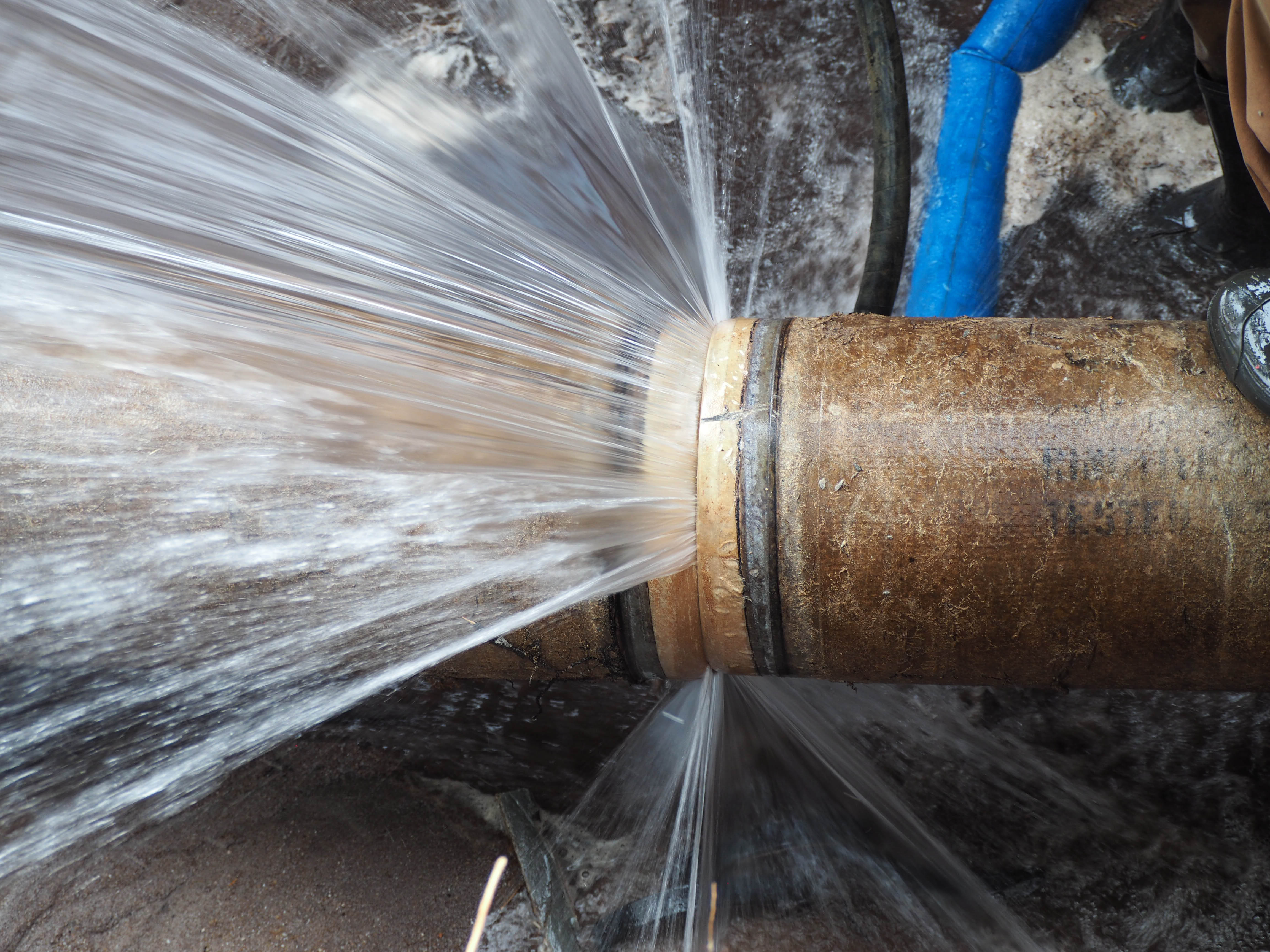Essential Tips for Preventing Frozen Pipes in Winter Conditions
Essential Tips for Preventing Frozen Pipes in Winter Conditions
Blog Article
They are making a few great pointers about How To Avoid Freezing Pipes as a whole in this great article following next.

Cold weather can damage your pipes, specifically by freezing pipelines. Right here's exactly how to avoid it from occurring and what to do if it does.
Introduction
As temperatures drop, the risk of icy pipelines boosts, possibly causing pricey repairs and water damage. Comprehending just how to stop icy pipes is important for property owners in chilly climates.
Understanding Frozen Pipelines
What triggers pipes to ice up?
Pipelines ice up when subjected to temperatures below 32 ° F (0 ° C) for expanded periods. As water inside the pipelines ices up, it broadens, putting pressure on the pipe walls and potentially causing them to burst.
Threats and problems
Icy pipelines can result in supply of water disruptions, property damages, and pricey repair services. Ruptured pipelines can flooding homes and cause considerable structural damage.
Indications of Frozen Pipeline
Recognizing icy pipes early can avoid them from bursting.
How to identify frozen pipes
Look for lowered water circulation from faucets, unusual smells or noises from pipelines, and visible frost on revealed pipelines.
Avoidance Tips
Protecting at risk pipes
Wrap pipes in insulation sleeves or use heat tape to protect them from freezing temperatures. Focus on pipelines in unheated or external areas of the home.
Heating strategies
Maintain interior spaces effectively heated up, particularly locations with plumbing. Open up cupboard doors to allow cozy air to flow around pipelines under sinks.
Protecting Exterior Pipes
Yard tubes and exterior taps
Separate and drain pipes garden hose pipes before winter. Install frost-proof faucets or cover exterior taps with protected caps.
What to Do If Your Pipelines Freeze
Immediate activities to take
If you think frozen pipelines, maintain faucets open up to relieve stress as the ice melts. Make use of a hairdryer or towels soaked in hot water to thaw pipes slowly.
Long-Term Solutions
Structural adjustments
Take into consideration rerouting pipes far from outside walls or unheated locations. Include extra insulation to attic rooms, basements, and crawl spaces.
Updating insulation
Invest in high-grade insulation for pipes, attic rooms, and walls. Correct insulation assists preserve constant temperatures and lowers the danger of icy pipes.
Verdict
Avoiding icy pipelines needs proactive measures and fast actions. By comprehending the causes, signs, and safety nets, home owners can safeguard their pipes during cold weather.
5 Ways to Prevent Frozen Pipes
Drain Outdoor Faucets and Disconnect Hoses
First, close the shut-off valve that controls the flow of water in the pipe to your outdoor faucet. Then, head outside to disconnect and drain your hose and open the outdoor faucet to allow the water to completely drain out of the line. Turn off the faucet when done. Finally, head back to the shut-off valve and drain the remaining water inside the pipe into a bucket or container. Additionally, if you have a home irrigation system, you should consider hiring an expert to clear the system of water each year.
Insulate Pipes
One of the best and most cost-effective methods for preventing frozen water pipes is to wrap your pipes with insulation. This is especially important for areas in your home that aren’t exposed to heat, such as an attic. We suggest using foam sleeves, which can typically be found at your local hardware store.
Keep Heat Running at 65
Your pipes are located inside your walls, and the temperature there is much colder than the rest of the house. To prevent your pipes from freezing, The Insurance Information Institute suggests that you keep your home heated to at least 65 degrees, even when traveling. You may want to invest in smart devices that can keep an eye on the temperature in your home while you’re away.
Leave Water Dripping
Moving water — even a small trickle — can prevent ice from forming inside your pipes. When freezing temps are imminent, start a drip of water from all faucets that serve exposed pipes. Leaving a few faucets running will also help relieve pressure inside the pipes and help prevent a rupture if the water inside freezes.
Open Cupboard Doors
Warm your kitchen and bathroom pipes by opening cupboards and vanities. You should also leave your interior doors ajar to help warm air circulate evenly throughout your home.

I recently found that write up on How to prepare your home plumbing for winter weather when doing a search on the internet. Those who liked our article plz consider to share it. Thanks a bunch for your time. Don't hesitate to stop by our blog back soon.
Call Today Report this page